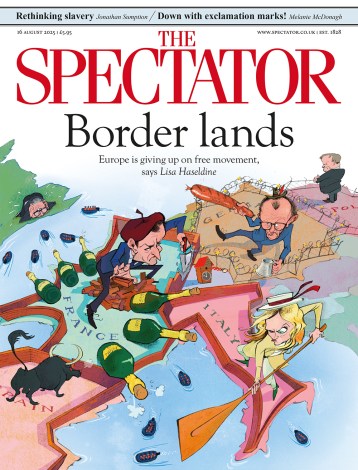The art of monarchy
Andrew Lambirth reflects on the images that help shape our perception of the Queen Her Majesty the Queen has been a global celebrity for 60 years, and she carries her status with a naturalness and dignity that many of the more tearaway celebs would do well to emulate. She graduated from being a young and glamorous queen to a happy and fulfilled mother, but then had to settle for pausing in that most difficult of categories — middle age — for rather a long time, owing to the wondrous longevity of Queen Elizabeth, the Queen Mother. As the Queen now celebrates her Diamond Jubilee, in her own distinguished old age,












